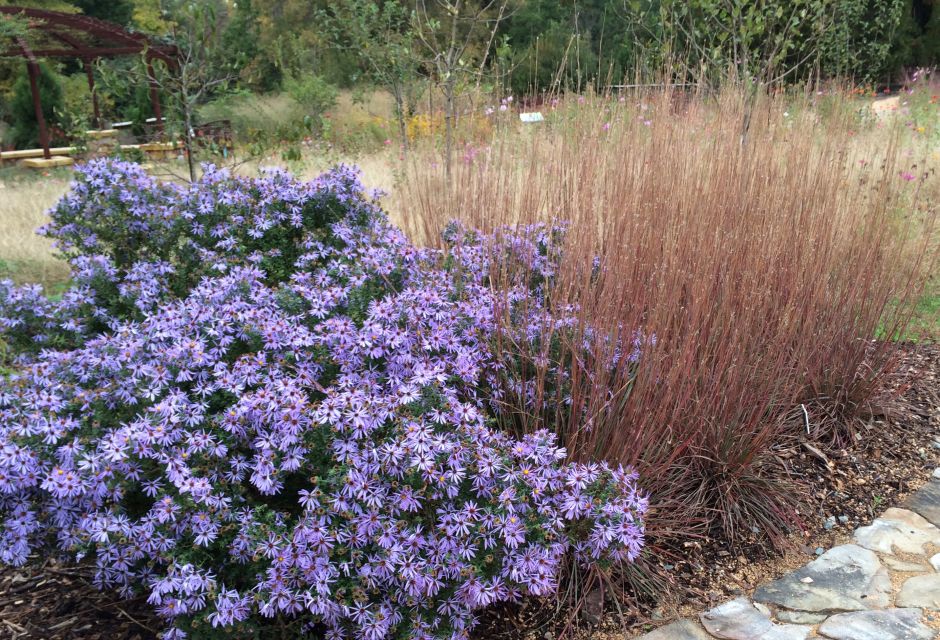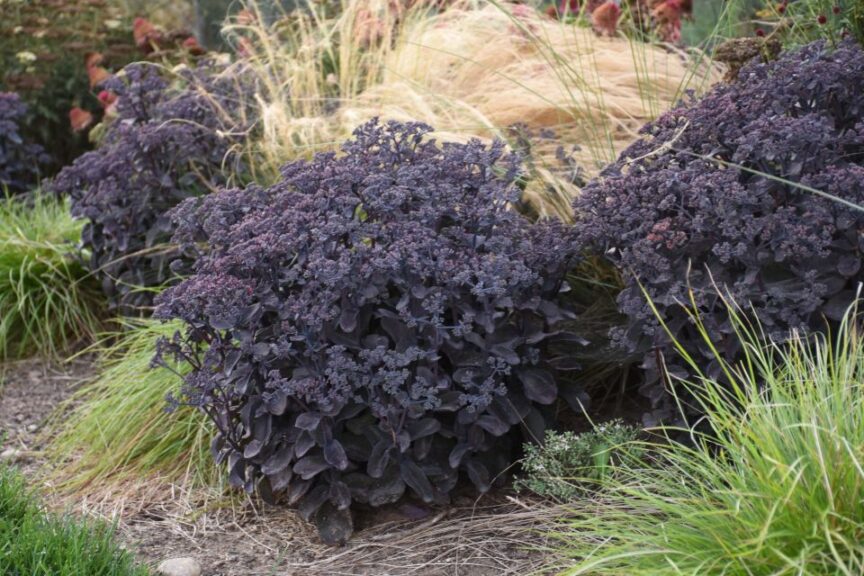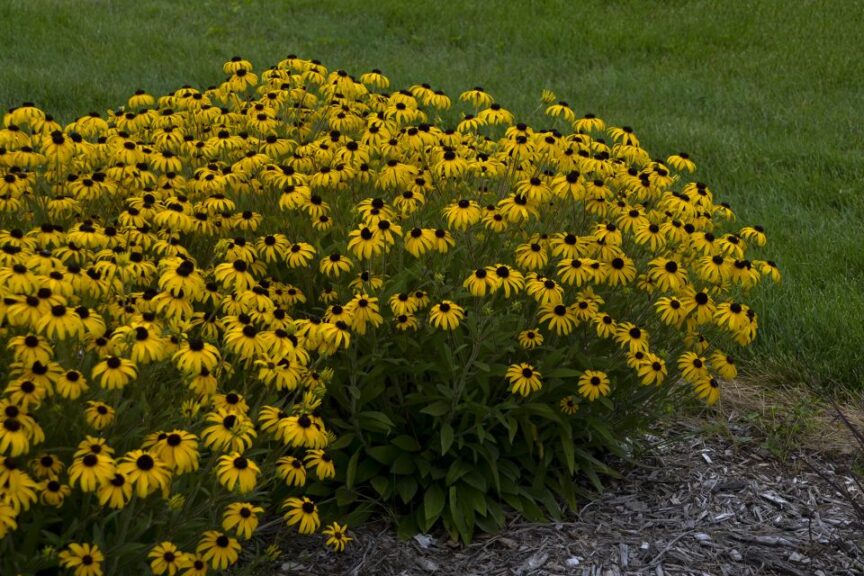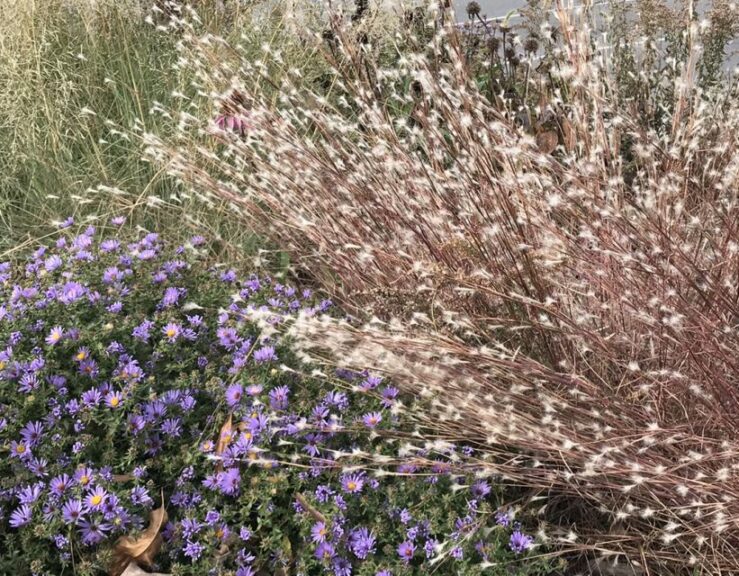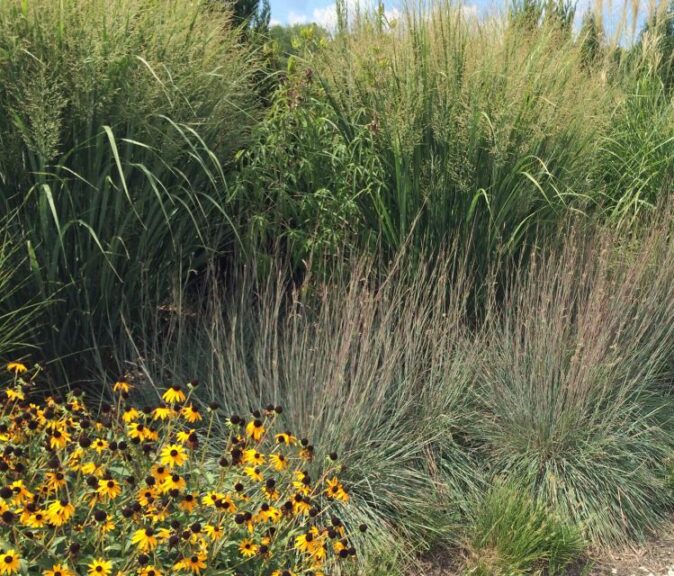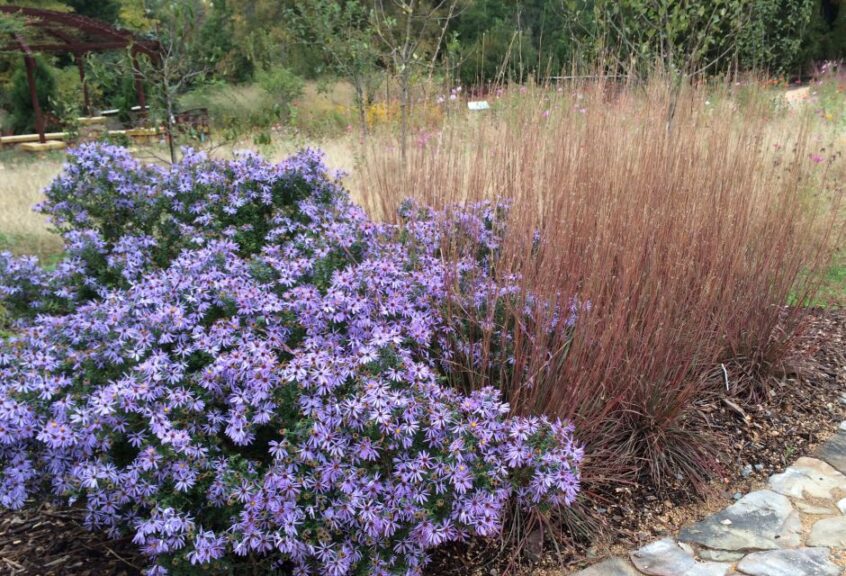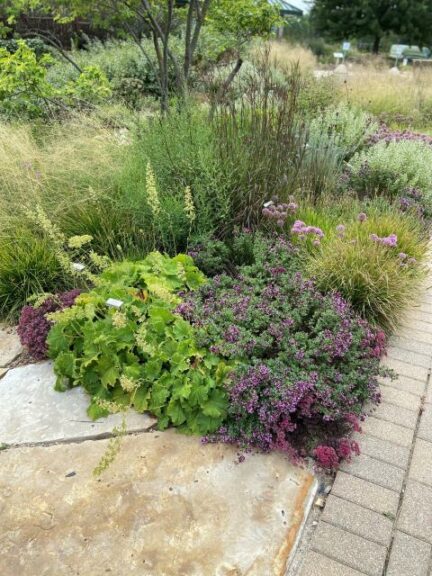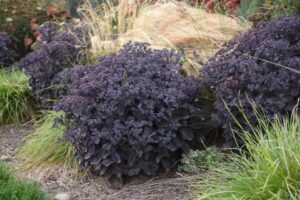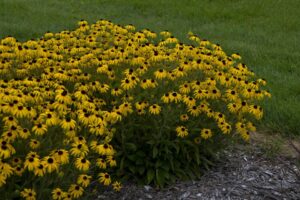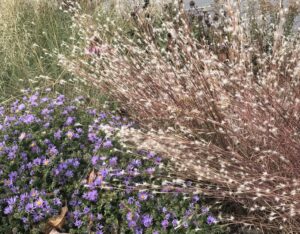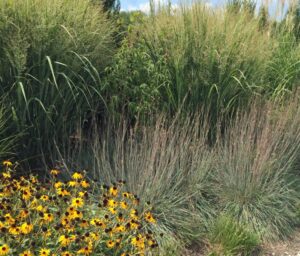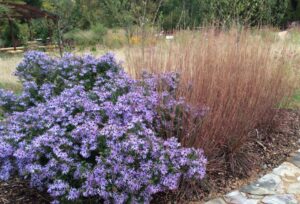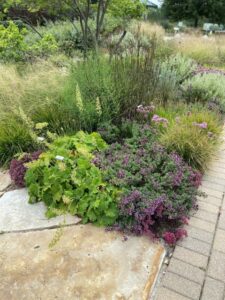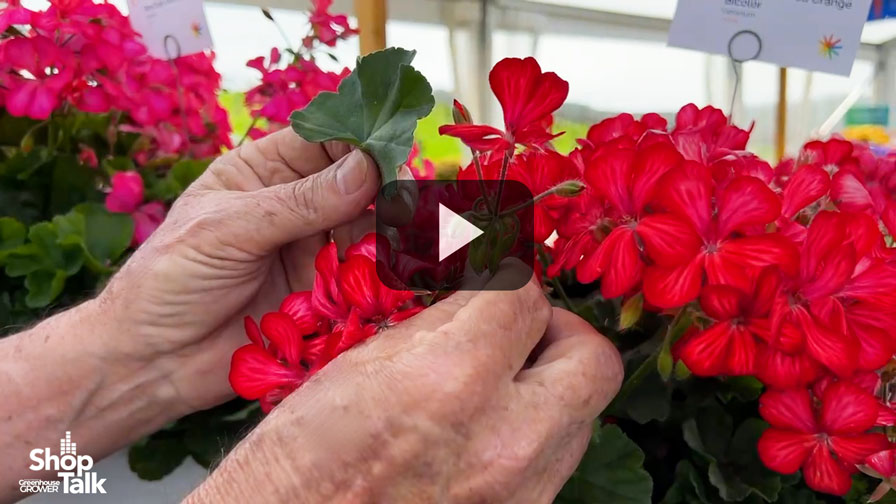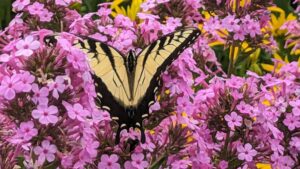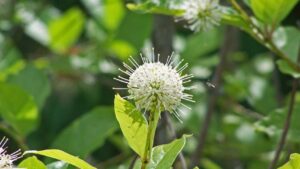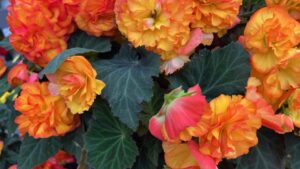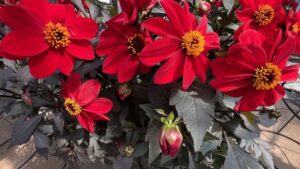How Fall Grasses Offer Benefits for Growers and Consumers
Although spring is the star season for plant sales, fall presents unique growth opportunities. Late-season programs can reduce pressure on spring production and labor allocation for growers. Cash flow is more manageable when sales are spread across the season. And for many regions of the country, fall planting is just smart horticulture.
I’ve got a soft spot for autumn. It’s when many ornamental grasses are at their peak. Their blooms and rich colors are captivating in the changing sunlight of shorter days. Their movement and sound keep the garden interesting as the season wanes. Grasses also mix beautifully with fall-blooming perennials.
To boost fall sales, capitalize on these assets and offer “fall-forward” combinations. Curate simple, set combinations of fall grasses and perennials that peak late season, share cultural requirements, and have multiple benefits. Make it easy. Give consumers variety, but not so much they’re overwhelmed. Give retailers enticing plants with marketable benefits. And give growers options that are easy and fit their production schedules.
Suggestions from Perennial Professionals
Perennial growers know their plants and their markets. I talked with colleagues at several growing operations about combinations they’d recommend. Below you’ll find one combo from each, with selected marketing and production points. All the plants are good growers in their region and look appealing in a finished container. They have colorful blooms or foliage late in the season (the fall forward aspect), and most support pollinators or other wildlife.
Cavano’s Perennials, located near Baltimore, MD, is a wholesale nursery-greenhouse operation offering herbaceous plants. Marketing Director Wendy Brister looks for combinations with good ecological bang for the buck.
- Schizachyrium scoparium cultivar (little bluestem)
- Symphyotrichum laeve (smooth aster)
- Solidago odora (anise-scented goldenrod)
These sun-loving picks tolerate poor soils and drought, while presenting fabulous, complementary colors. All are native to eastern North America and provide food for pollinators. Little Bluestem also supports birds and small mammals. In a 2021 Garden for Wildlife survey, an estimated 67.2 million American households specifically purchased plants to help butterflies, bees, and birds. And while these plants attract wildlife, deer avoid them.
Walters Gardens in western Michigan offers more than 1,000 varieties of bare root and plug perennials. Product Manager Kata Kress Wallace recommended three perennial genera that form strong fall combinations for growers.
- Sedum cultivars (stonecrop)
- Rudbeckia cultivars (black-eye Susan)
- Panicum virgatum cultivars (switchgrass)
A great mix for full sun and dry conditions. Upright sedum (aka: Hylotelephium) have attractive foliage across the season and striking, late-season blooms. Kress Wallace loves ‘Back in Black’, an upright selection with near-black leaves that received National Garden Bureau’s 2022 Green Thumb Award. Bright yellow flowers on black-eyed Susans pop visually, and new selections like ‘American Gold Rush’ are compact and disease resistant. Switchgrass choices range from waist-high to towering; their upright form anchors plantings visually. To ease the spring production and labor crunch, Panicum can be pushed to late spring or early summer and still be ready for fall.
Midwest Groundcovers, near Chicago, offers a range of container nursery stock, including more than 500 varieties of perennials. Marketing Manager Shannon McEnerney paired a cool-season grass with reliable, perennial staples. Her picks are geared toward northern regions.
- Sesleria ‘Greenlee Hybrid’ (Greenlee’s moor grass)
- Origanum laevigatum ‘Herrenhausen’ (ornamental oregano)
- Heuchera ‘Autumn Bride’ (autumn bride alumroot)
Greenlee’s moor grass grows low to the ground with blue-green foliage, and the spreading oregano has delicate blooms and reddish-purple leaves. Combined with broad-leaved alumroot, it’s a visual knock-out. McEnerney loves how the perennials add structure and texture even after blooms fade. Her growers say they’re quick-rooting and generally easy to grow. In their climate, they can propagate Sesleria throughout the year, so it slots easily into production schedules.
Hoffman Nursery is based in North Carolina, and it specializes in ornamental and native grass liners. Its grass suggestions are geared toward warmer regions.
- Andropogon ternarius ‘Black Mountain’ (Black Mountain bluestem)
- Symphyotrichum oblongifolium ‘October Skies’ (aromatic aster)
- Heliopsis ‘Bleeding Hearts’ (false sunflower)
Splitbeard bluestem is a rock star, with fluffy seedheads that sparkle in sunlight. The species can be variable, but ‘Black Mountain’ is compact and uniform. Their growers find it resists disease pressure and is easy to manage. For a gorgeous performance, mix it with a compact aster and the showy flowers and purple foliage of ‘Bleeding Hearts’. All three plants attract and support pollinators.
Make Them Your Own
These combos are starting points — templates rather than recipes. Find mixes that best fit your production schedule, climate, and markets. You’ll add value for your customers by curating these combos. They can be brought in after the spring rush to fill inventory gaps. Their benefits are more appealing and marketable when taken together. And choosing becomes less complicated. So, fall forward with grasses and offer something spectacular.




